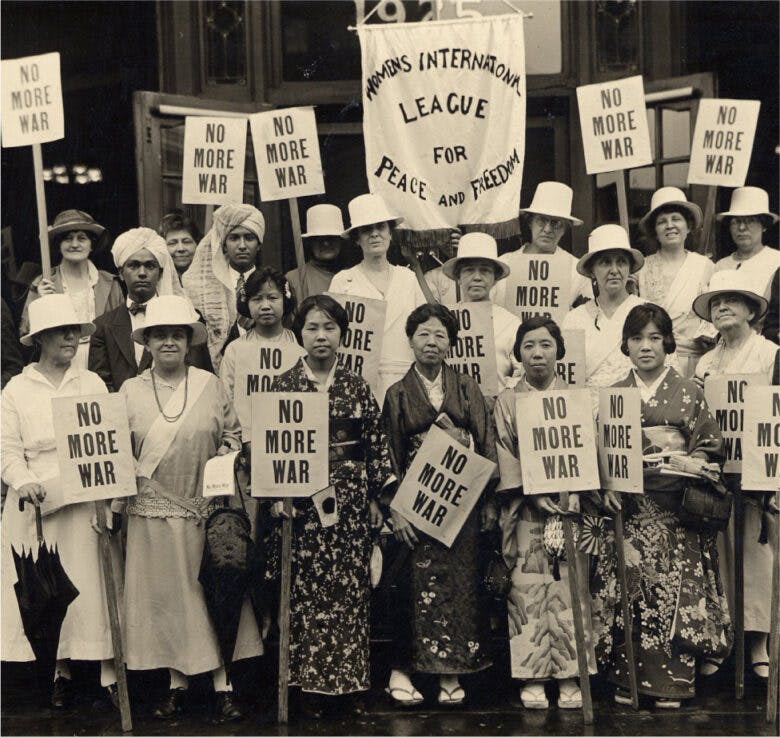Alice Paul and the Equal Rights Amendment (Lucretia Mott Amendment), 1923
Use this primary source text to explore key historical events.
Suggested Sequencing
- Use this Primary Source the Cartoon Analysis: Elmer Andrews Bushnell, “The Sky Is Now Her Limit,” 1920 Primary Source to allow students to explore the women rights movement post-nineteenth amendment.
Introduction
While women across the United States gained the right to vote with the passage of the Nineteenth Amendment in 1920, many feminists believed the fight for equal gender rights was just beginning. Alice Paul, the leader of the National Woman’s Party, immediately began to lobby for an addition to the Constitution that would provide for the protection of women’s rights in general. Beginning in 1923, Paul and her supporters submitted the Lucretia Mott Amendment to Congress yearly until 1942. In 1943, Paul reworded the amendment, which became known as the Alice Paul Amendment. Paul continued to submit it to Congress every year. In 1972, the U.S. Congress rewrote the amendment once again and passed it. The amendment, now known as the Equal Rights Amendment (ERA), then went to the state legislatures to acquire ratification. The ERA failed to be ratified—only 37 of the necessary 38 state legislatures voted to pass the amendment within the seven-year deadline.
Sourcing Questions
- Who wrote the first two versions of the Equal Rights Amendments? Who wrote the final version?
- Why did Alice Paul lobby for the Equal Rights Amendment?
| Vocabulary | Text |
|---|---|
| Lucretia Mott Amendment (proposed to Congress 1923–1942) Men and women shall have equal rights throughout the United States and every place subject to its jurisdiction. |
|
| abridge(v): to diminish or deprive | Alice Paul Amendment (proposed to Congress 1943–1972) Equality of rights under the law shall not be denied or a bridged by the United States or by any state on account of sex. |
| Equal Rights Amendment (passed by Congress in 1972 but not ratified by [three-fourths of] the states) Section 1. Equality of rights under the law shall not be denied or abridged by the United States or by any state on account of sex. Section 2. The Congress shall have the power to enforce, by appropriate legislation, the provisions of this article. Section 3. This amendment shall take effect two years after the date of ratification. |
Comprehension Questions
- According to the amendment, where would men and women have equal rights?
- Who was given the power to enforce the Equal Rights Amendment?
- How long after ratification would the amendment take effect?
Historical Reasoning Questions
- In 1943, Paul changed the wording of her amendment to reflect the text of the Fifteenth and Nineteenth Amendments. Why do you think she did this?
- Compare this document with Sarah M. Grimke, Letters on the Equality of the Sexes and Condition of Women, and 1837 Primary Source. What do these documents reveal about the continuities and changes in the women’s rights movement from 1837 to 1920?
The Equal Rights Amendments, 1923–1972 https://history.hanover.edu/courses/excerpts/336era.html
